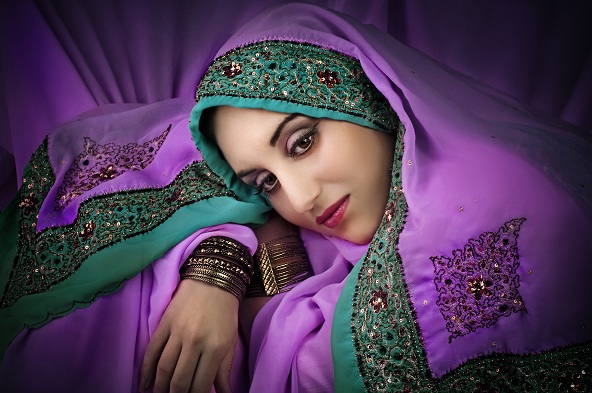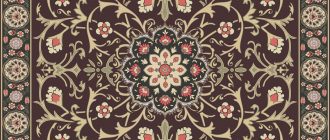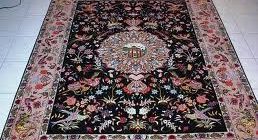Are you visiting Iran? Questioning what to wear? The dress code is something that needs to be taken into consideration in order not to offend people.
Most people will be aware of the dress code rules which exist in Iran.
However, very few people will be aware that the typical stereotype of all Iranian women being forced to wear black chadors whilst in public is completely false.
What is a chador? The chador is a form of dress, worn by some individuals in Iran, which consists of a full length semi circle of fabric. Women are required to hold the material together with their hands or teeth as the garment typically does not contain any fasteners. Iranian women typically cover their bodies in full below the chador with loose fitting clothing / dress. The cover extends to a scarf or ‘hijaab’ which is worn to cover their hair.
Most people are shocked by the dress wear in Iran once they arrive as the reality is far from the stereotypes. Iranian women are typically very stylish and take great care over their appearance. A significant number dress in clothing which is bright and colourful and it is not uncommon to see hair exposed under very small loose fitting scarves. Many Iranian women wear jeans or related clothes with a loose fitting long sleeve top which covers them down to the mid thigh area. It is also common to see makeup and varnished nails.
Another group of women wear a larger scarf which covers all the hair and the neck region. This is typically worn over a ‘jilbaab’ or loose fitting long over coat.
The strict dress code for men in Iran prohibits short trousers and short sleeved shirts / t-shirts. Although you would not see Iranian men dressed in shorts, you will almost certainly see men wearing short sleeved shirts and t-shirts.
As a tourist woman in Iran however, you would be strongly advised to dress conservatively and to cover your hair appropriately. You should also wear loose fitting garments (e.g. coats / long tops) which cover your arms and legs up to at least the knee area. As mentioned above, men should not dress in shorts / short trousers under any circumstances.
On a related note, no attention should be paid to an article which has recently appeared in the Canadian ‘National Post’ which asserts that the Iranian government are trying to pass a bill which will force non-muslim religious minorities to wear ‘coloured strips’ to identify their religion. These comments are absolutely unjustified and are not mentioned anywhere in any bills being passed in Iran. The Iranian Parliamentary Jewish representative has also strongly denied such rumours. The reasons for such assertions being made can be speculated, but they are certainly not justified in the Iranian parliamentary dress code debates currently taking place.





